|
|
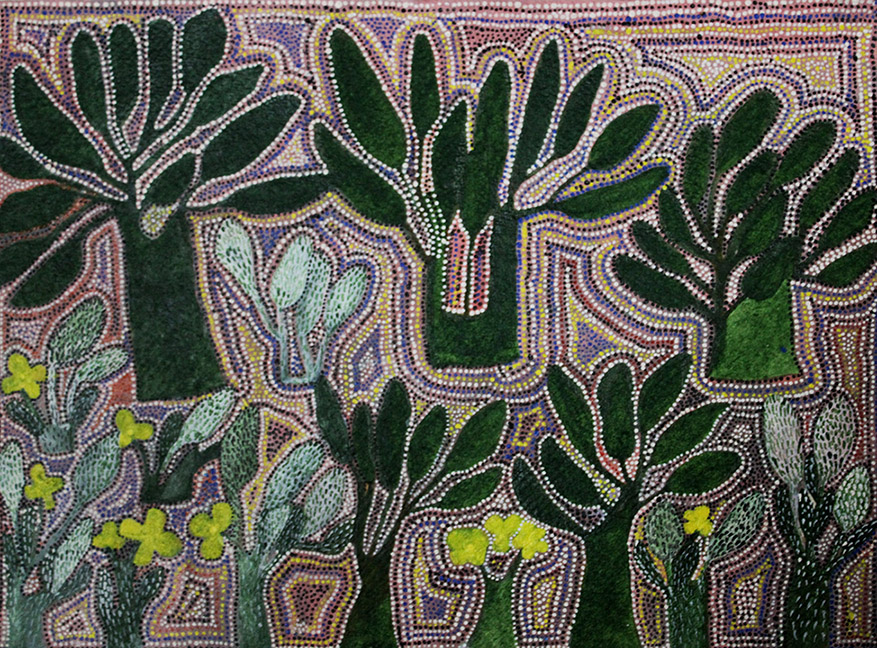 |
|
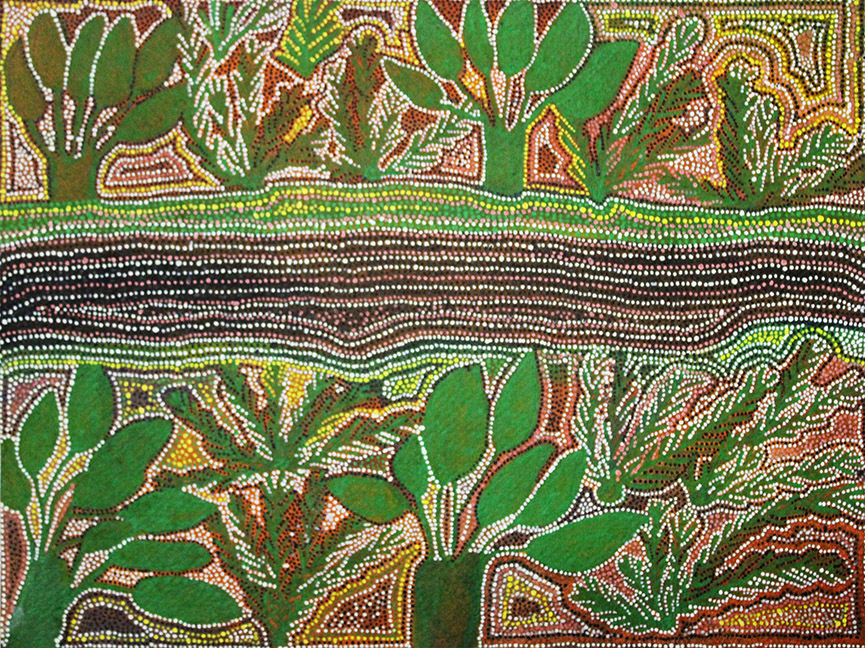 |
|
 |
|
|
|
|
|
|
|
|
|
|
Untitled 1, 2020, watercolour on paper,
11 x 15 inches. |
|
Untitled 2, 2020, watercolour on paper,
11 x 15 inches. |
|
Untitled 3,
2020, watercolour on paper,
11 x 15 inches. |
|
|
|
|
|
|
|
|
|
|
|
|
|
|
|
|
|
|
 |
|
 |
|
 |
|
|
|
|
|
|
|
|
|
|
Untitled 4, 2020, watercolour on paper,
11 x 15 inches. |
|
Untitled 5,
2020, watercolour on paper,
11 x 15 inches. |
|
Untitled 6, 2020, watercolour on paper,
11 x 15 inches. |
|
|
|
|
|
|
|
|
|
|
|
|
|
|
|
|
|
|
 |
|
 |
|
 |
|
|
|
|
|
|
|
|
|
|
Untitled 7, 2020, watercolour on paper,
11 x 15 inches. |
|
Untitled 8, 2020, watercolour on paper,
11 x 15 inches. |
|
Untitled 9, 2020, watercolour on paper,
11 x 15 inches. |
|
|
|
|
|
|
|
|
|
|
|
|
|
|
|
|
|
|
 |
|
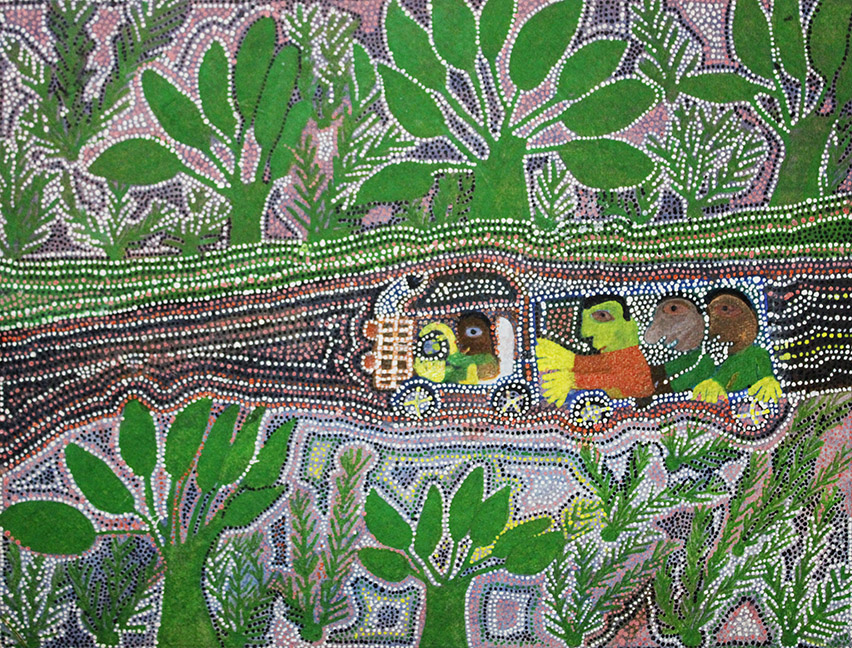 |
|
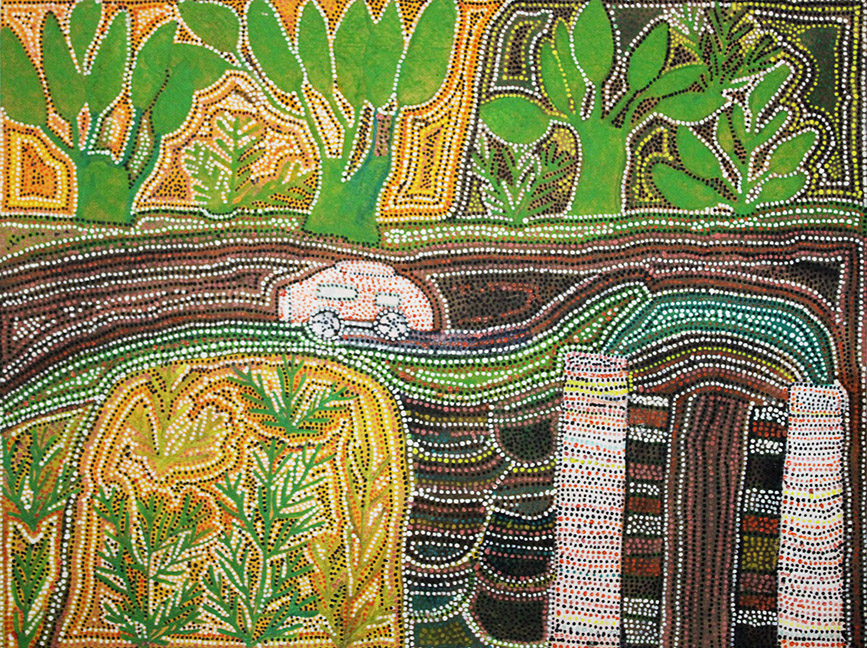 |
|
|
|
|
|
|
|
|
|
|
Untitled 10, 2020, watercolour on paper,
11 x 15 inches. |
|
Untitled 11, 2020, watercolour on paper,
11 x 15 inches. |
|
Untitled 12, 2020, watercolour on paper,
11 x 15 inches. |
|
|
|
|
|
|
|
|
|
|
|
|
|
|
|
|
|
|
 |
|
 |
|
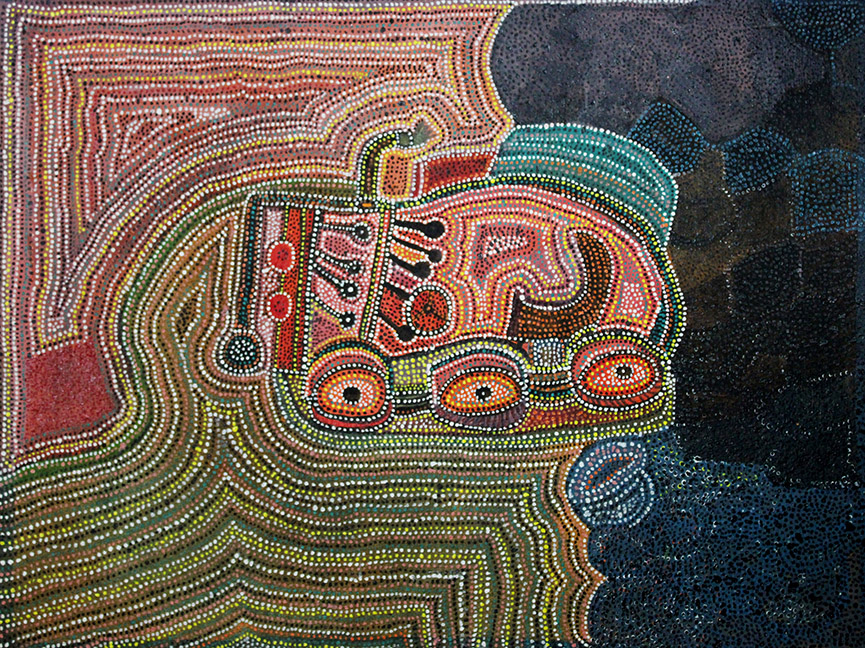 |
|
|
|
|
|
|
|
|
|
|
Untitled 13, 2020, watercolour on paper,
11 x 15 inches. |
|
Untitled 14, 2020, watercolour on paper,
11 x 15 inches. |
|
Untitled 15, 2020, watercolour on paper,
11 x 15 inches. |
|
|
|
|
|
|
|
|
|
|
|
|
|
|
|
|
|
|
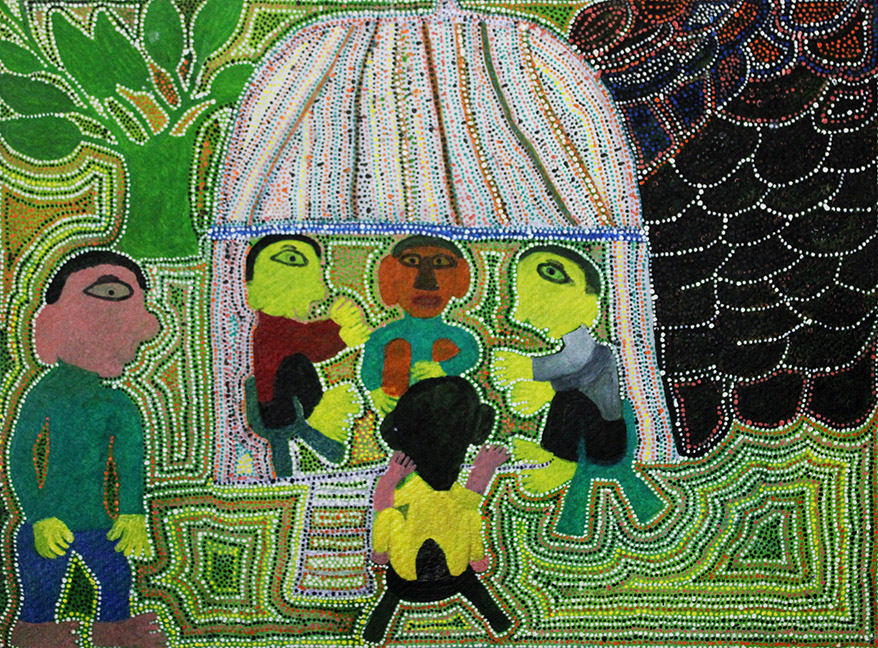 |
|
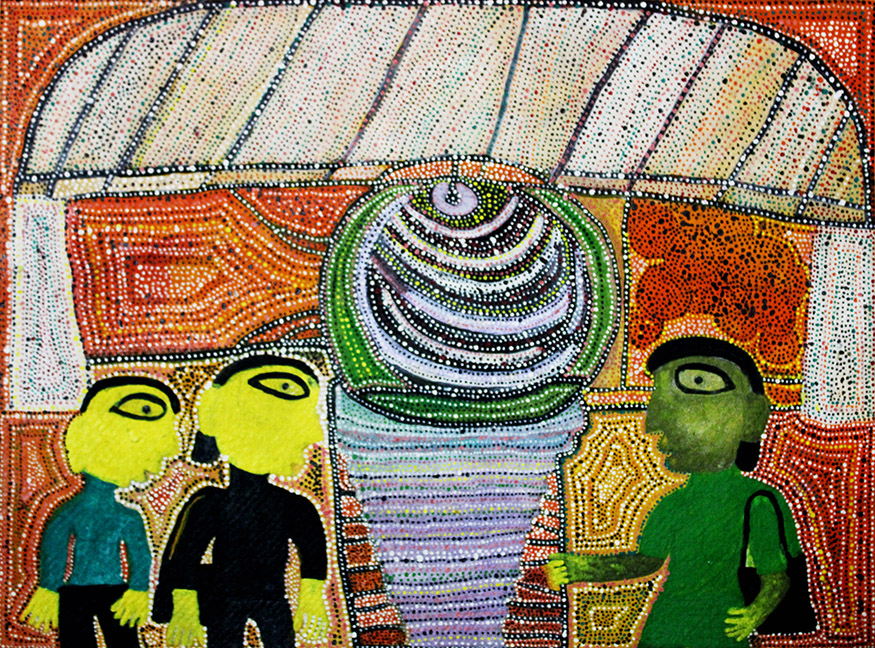 |
|
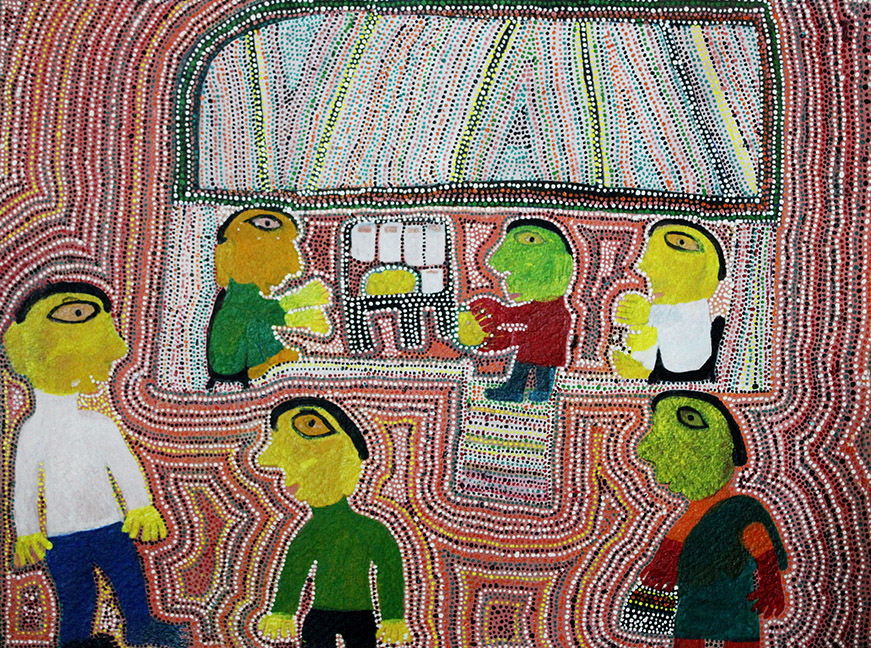 |
|
|
|
|
|
|
|
|
|
|
Untitled 16, 2020, watercolour on paper,
11 x 15 inches. |
|
Untitled 17, 2020, watercolour on paper,
11 x 15 inches. |
|
Untitled 18, 2020, watercolour on paper,
11 x 15 inches. |
|
|
|
|
|
|
|
|
|
|
|
|
|
|
|
|
|
|
 |
|
 |
|
|
|
|
|
|
|
|
|
|
|
|
Untitled 19, 2020, watercolour on paper,
11 x 15 inches. |
|
Untitled 20, 2020, watercolour on paper,
11 x 15 inches. |
|
|
|
|
|
|
|
|
|
|
|
|
|
|
|
|
|
|
|
|
|
Shantibai: An Expedition to Bailadila
Mines
The set of twenty watercolour
paintings by Shantibai take us on a journey through the Bailadila
Range in South Chhattisgarh to the iron ore mines. One of their
regular expeditions to these sites with her artist colleague Navjot
Altaf and friend Ravirendra
before the pandemic took over. The
paintings record the scenes encountered during her journey – trees,
plants and flowers, river and water creatures, shrine, and people,
ending with a detailed depiction of the mining activities and
snippets of their time spent at the site. In a nutshell, these
folios form a visual diary recording memorable moments of the
journey. Such portrayal of surroundings, daily life and experiences
are integral to the indigenous art forms, in this case, the Gondi
visual repertoire, which Shantibai has strong connections with.
Shantibai chooses to portray
selective elements in each of these paintings. The sculpturesque
trees and shrubs bearing fruits and flowers predominantly emerge
against the dotted backdrop. In this pictorial game, dots traverse
the length and breadth of the surface of the painting creating fluid
forms. There are zones that get demarcated by these running dots
that turn into fields, roads, swirls of the river, excavated fields,
or heaps of ore. Every surface stands out as a part of a picture
puzzle that can be removed and put back again. The human figures
Shantibai brings into these paintings bear significant reference to
the figures in her sculptures. Here too, they are marked with
well-defined wide eyes that stand as witnesses to the narratives of
the paintings.
The time of the creation of these paintings becomes
extremely important. Made during the pandemic times, and in the
period of lockdown and the aftermath, these paintings are inevitably
coloured with the crisis of our current times: the conflict between
humans and nature that the invisible virus has brought forth for
reflections. Shantibai features the land, water and forests as sites
for deliberations. Her own voice is quiet and almost invisible. From
a surface level, the paintings depict her journey to Bailadila
through various scenes she encounters. These are accompanied by the
utmost simple notes. For instance:
“ये
जंगल के बीच में रोड हैं, हम बैलाडिला जा रहें है। और उधर से ट्रैक्टर
आ रहा था।”
(We are on our way
to Bailadila mines through the road within the forest. A tractor is
coming from the other side).
Yet, the idea of the road through the forest, land mines located in
the middle and the truck unsettle our thoughts. Through these
illustrious paintings, we are introduced to the flora and fauna,
learn about the uses of plants, see people’s lives around the river,
spot the spaces of worship, and experience the joy of the author in
her watching the riverside. And then, we enter another terrain. Here
the flourishing land is being dug up, crushed, melted and
transported away. In other words, the land is being invaded. But
Shantibai does not intend to contrast the two worlds. Rather, she
renders the mining activities with the same observance in which she
shows women plucking leaves on the riverside. The Palash tree
and the giant mining machine are represented with the same gaze and
intensity. Thus she leaves it to the viewer to construct meanings.
The images of Shantibai cities hit back at us hard and challenge our
conscience. Can we see the forest and river without thinking of the
State and its developmental policies? Can we think of inhabitants of
this land without thinking of their displacement? Can we look at the
image of the idol of Mata ignoring the way the indigenous
religious spaces and practices are invaded? Can we be mesmerized by
the mining site forgetting the forest covers the region has lost?
ये घना जंगल है, ये दो कास वहीं का है…
(Ye
Ghana Jungle hai, ye do Kaas vanhi ka hai...)
Notes by Shantibai
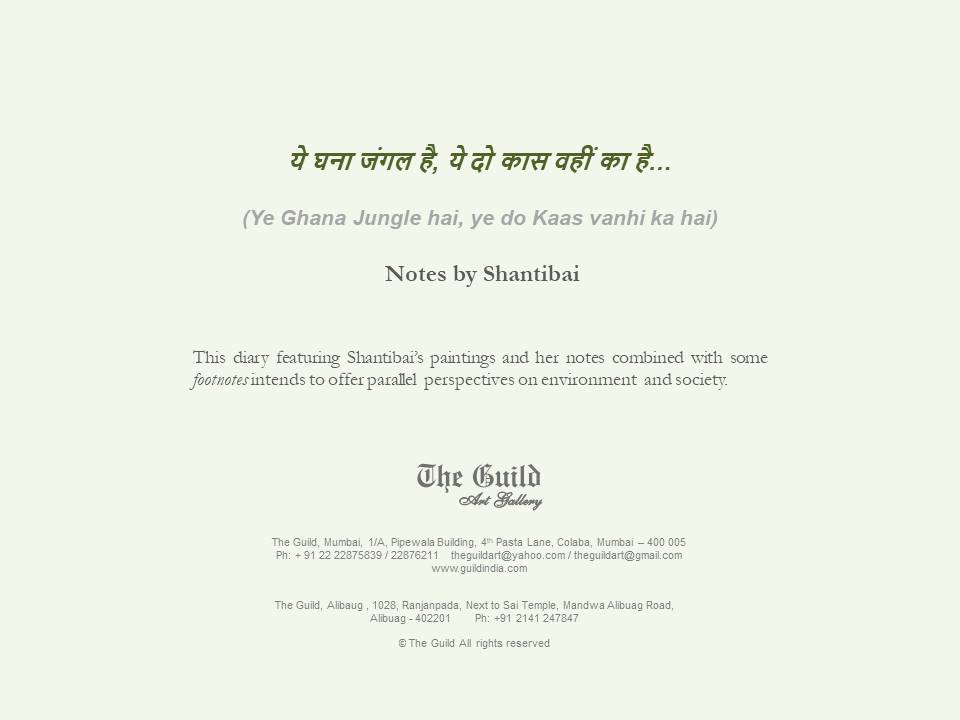
Back to the exhibition |
|
|
|
|
|
|
|
|
|
|
|
|
|
|
|
|
|
|
|
|
|
|
|
|
|
|
|
|
|
|
|
|
|
|
|
|
![]()